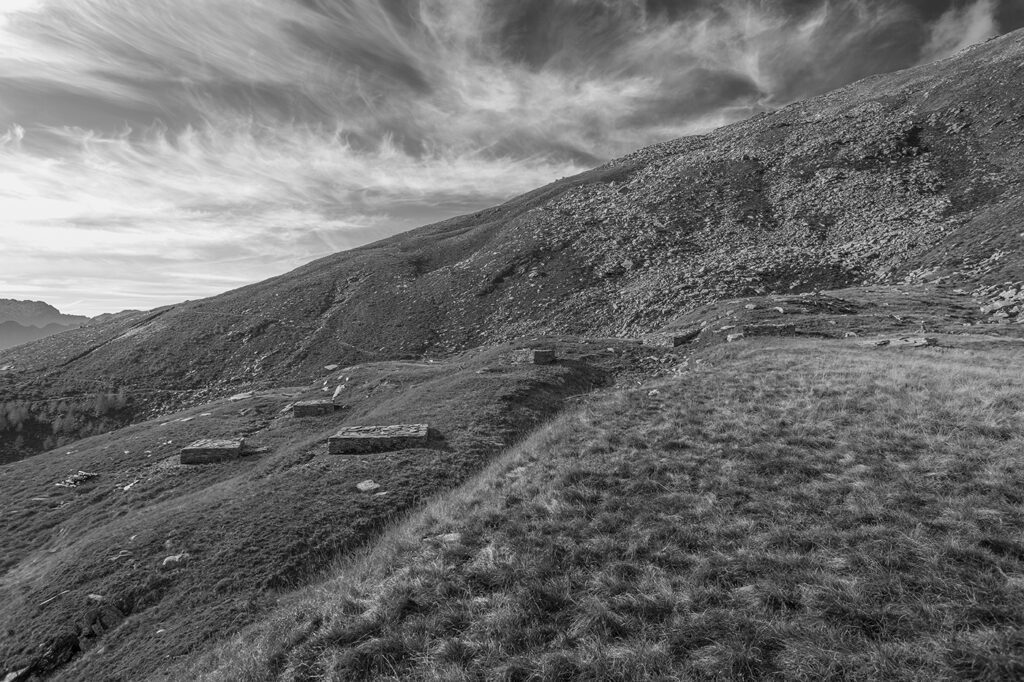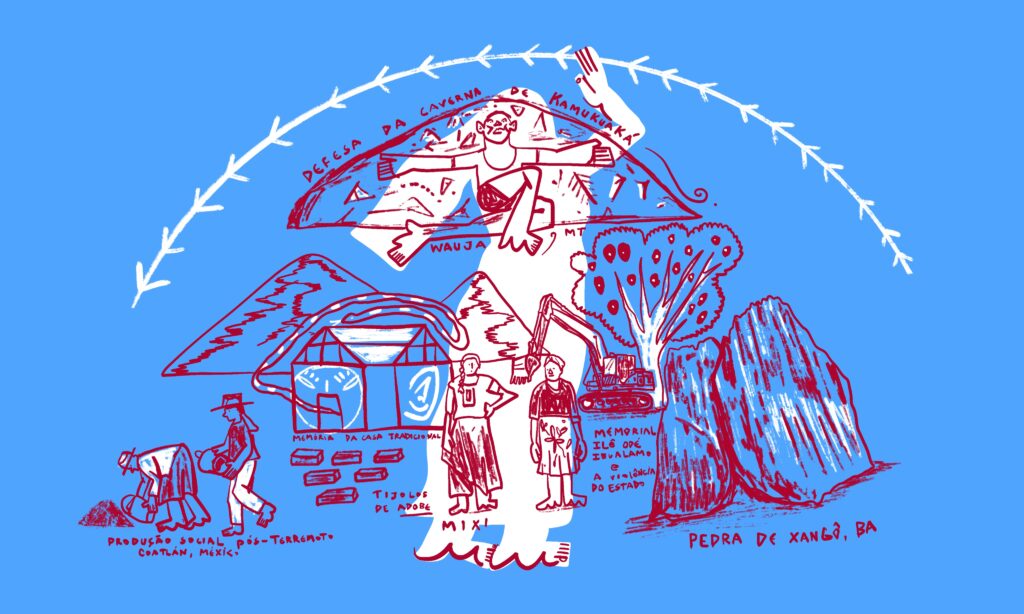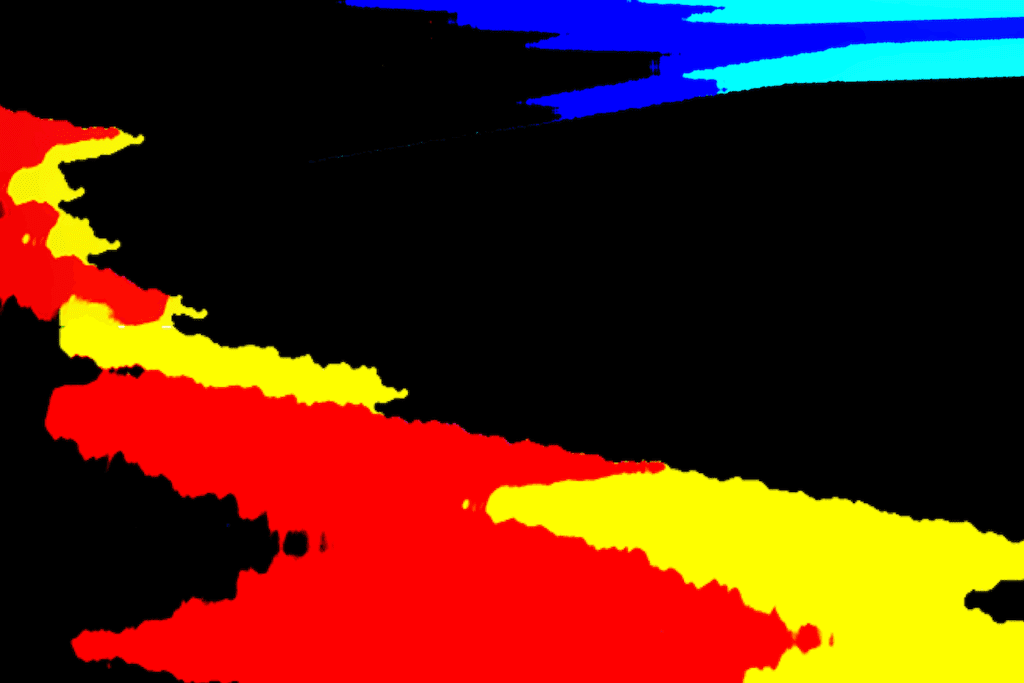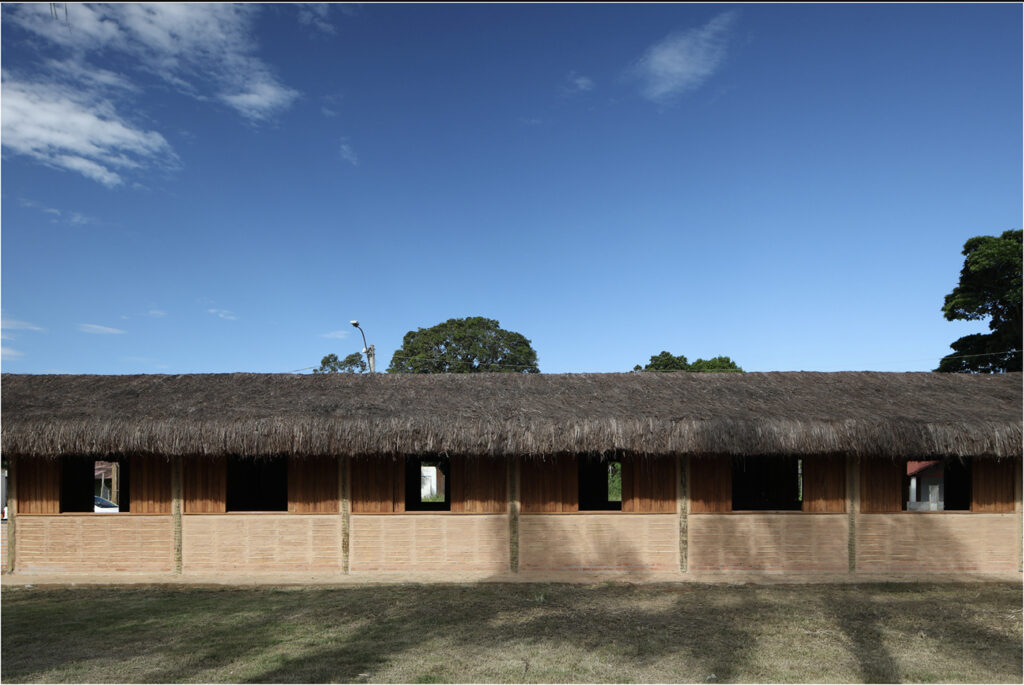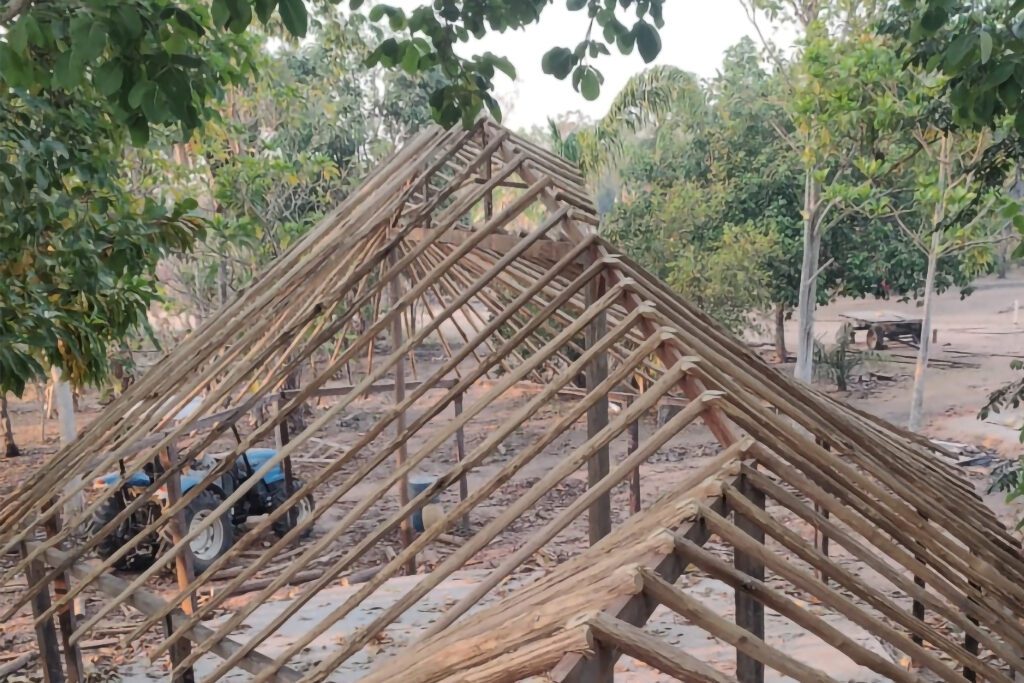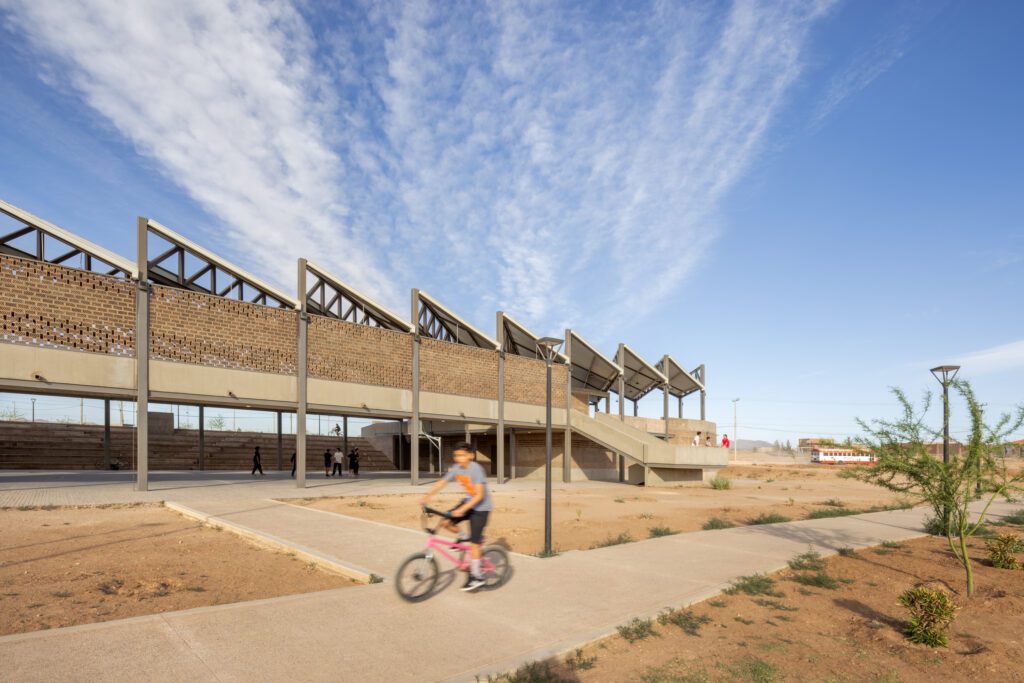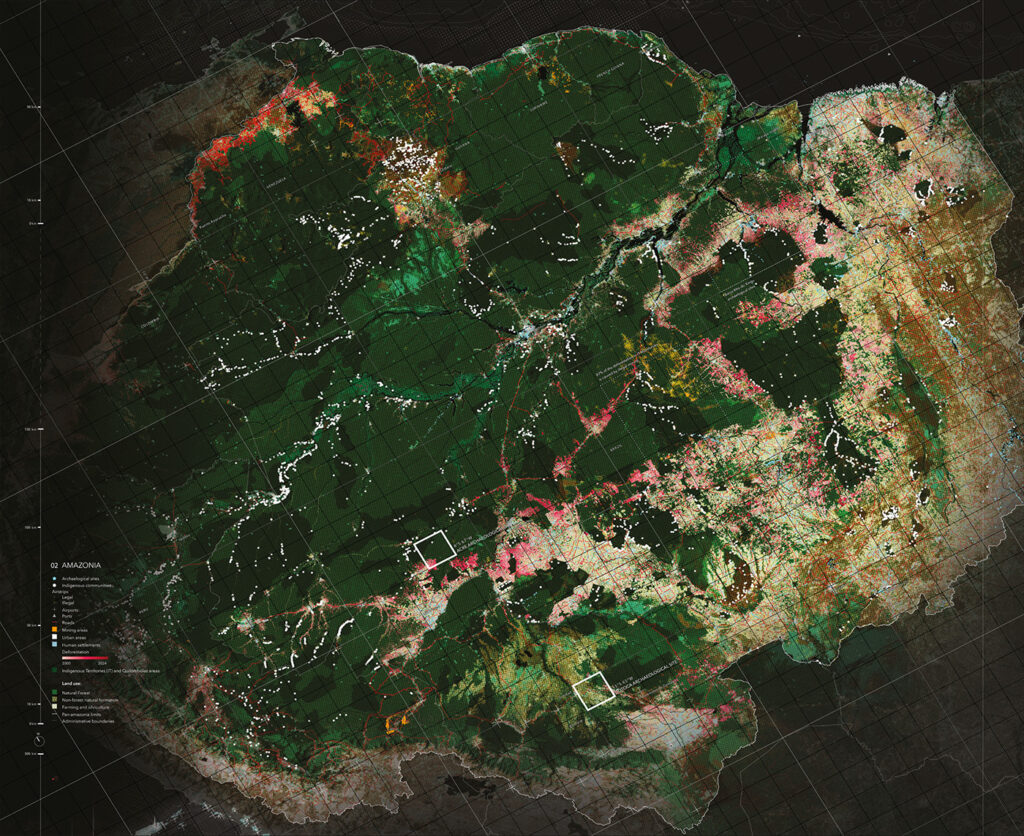Project implementation: Switzerland
Project development: Switzerland
The restoration work, which began in 1994 and is still ongoing, involves the ruins of dry stone shelters for people and animals in the Alpine pastures of Sceru, Giumello, Quarnei, Luzzone, and Piora, and in the Ticino Alps, at an altitude of over 2,000 meters in Switzerland. The restoration work specifically involves the collection of stones from within the perimeter wall of these buildings, abandoned since the 1950s.
Currently, the construction of new buildings in these highly valuable natural landscapes is only permitted for public-interest projects, such as hydroelectric infrastructure, forest roads, water intakes, avalanche shelters, alpine refuges, etc. Private individuals may maintain existing buildings, respecting their original function. Only in rare cases is their conversion into vacation homes permitted.
In these reconstructions, the functional and private component of the building, whose maintenance would require reconstruction, is eliminated through the creation of a compact volume devoid of usable spaces. On the contrary, the building's public value, understood as a geometrically significant presence in the landscape, is fully restored. The surrounding space, once cleared of debris, also recovers its original value.
The restorations are carried out on a voluntary basis. Friends, students, family, and colleagues participate. The local population and the owners of the restored ruins appreciate the idealism and effectiveness of this work, which impacts the realities to which they are emotionally connected.
The restorations restore meaning to abandoned pastures. They represent the epilogue of a civilization that survived in Ticino until the advent of modernity. Factors such as sustainability, simplicity, durability, participation, idealism, coherence, and beauty ensure the quality of the interventions over time, but above all, they consolidate the presence of positive values in society.


